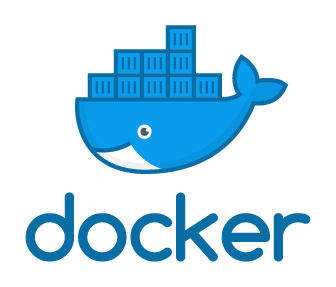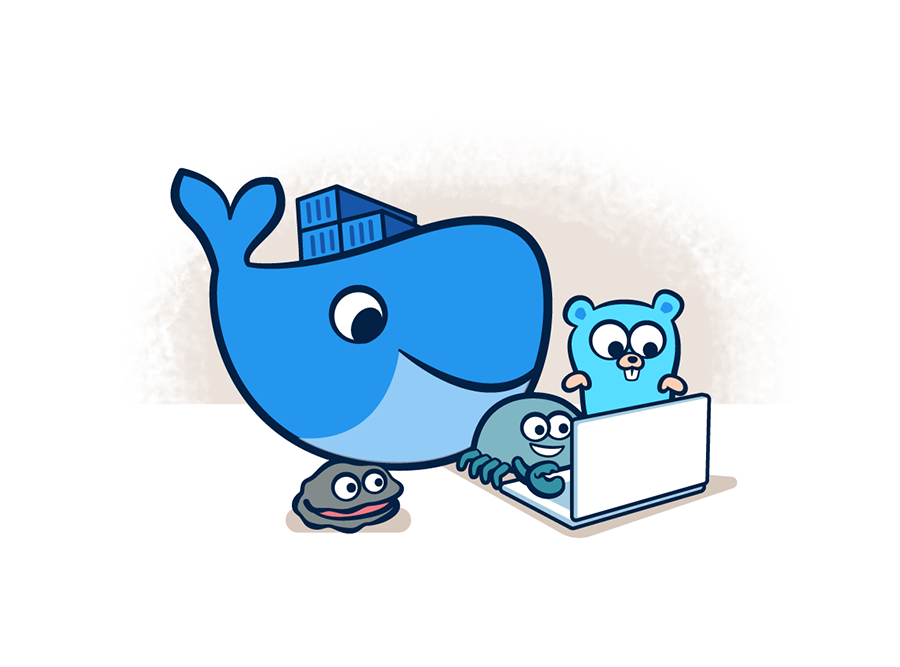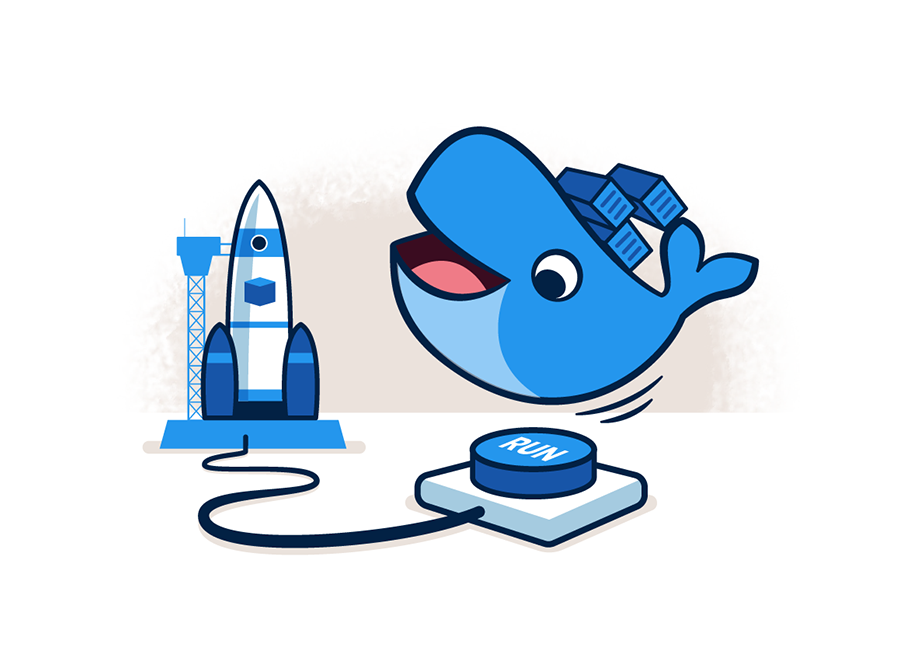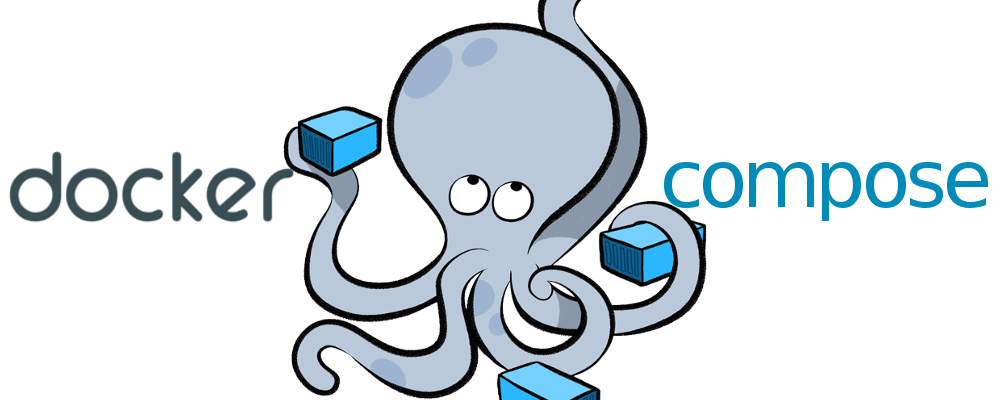If you find this useful, remember about giving a start ⭐ to this repo or share it 🔁
Created from https://github.com/Inushin/dockerSymfonySSL
This is a complete stack for running projects with Node, MongoDB, NGINX and PHP into Docker containers using docker-compose tool and with Certbot for the HTTPS certificate.
It is composed by 5 containers:
nginx, acting as the webserver.php, the PHP-FPM container with the 7.4 PHPversion.mongodbwhich is the MongoDB database container with a MongoDB 4.4 image.nodethe Node container with the 13 Node version.certbotgenerates the SSL certificate for your personal domain.
-
You need Docker and Docker-compose where you are going to launch this so, if you do not have it... click HERE or go to the end of this
.md^^ -
Clone this rep.
-
Check that the dir.
data/certbot/www/.well-knownexist. If it is not, create it 😀. -
Edit
initwith your domain and an email. -
Edit the
docker-compose.ymlwith your DB information. -
Edit
data/nginx/node/index.jswith your domain. -
Run
./init. -
Edit
data/nginx/web.confwith your domain and your project dir. -
Run
docker-compose down -
Run
docker-compose up -d -
The 4 containers are deployed:
Creating docker_mongo_1 ... done
Creating docker_php_1 ... done
Creating docker_nginx_1 ... done
Creating docker_node_1 ... done
Creating docker-certbot-1 ... done
-
Run Docker-compose:
docker-compose up -d/docker-compose up -
Check Docker-compose's volumens status:
docker-compose ps -a/docker-compose ps -
Check Docker's images:
docker images -a -
Remove Docker's images:
docker rmi -f imageID1 imageID2 ...(-f = force) -
Enter to a Docker's volumen:
docker-compose exec VolumenID sh/docker-compose exec VolumenID bash -
Copy a file to the docker we want to:
docker cp file docker_id:/dir -
See all the configuration of the docker-compose.yml with the paths completed:
docker-compose config -
See all the information of a volumen (interesting of IPs):
docker inspect VOLUMEN_ID -
Remove all dangling (not tagged or associated with a container) containers, volumes, networks and images:
docker system prune -
Remove all unused containers and images with at least one container associated to them:
docker system prune -a -
Shows all unused local images:
docker images ls -f dangling=true -
Shows all unused local volumes:
docker volume ls -f dangling=true -
Remove all local volumes not used by at least one container:
docker volume prune
Adjust the installation to your OS. Here you have the one for EC2(AWS) with CentOS
- Docker installation
-
Download and install Docker:
yum install docker -
Gives permisions so you can run it everywhere:
usermod -a -G docker ec2-user -
Starts Docker's service:
service docker start -
Starts Docker's service each time you run the SO:
chkconfig docker on
- Docker-compose installation
-
Download and install Docker-compose:
curl -L "https://github.com/docker/compose/releases/download/1.26.2/docker-compose-$(uname -s)-$(uname -m)" -o /usr/local/bin/docker-compose -
Make it executable from anywhere:
chmod +x /usr/local/bin/docker-compose -
Makes an direct access for docker-compose:
ln -s /usr/local/bin/docker-compose /usr/bin/docker-compose -
Check the version and the installation:
docker-compose --version
If you find any bug or just want to give your feedback (remember the ⭐ ^^), Feel free to do it. I am, as you, constantly learning and things change so quickly that... no one knows ^^
- 0.0.0 - Creation of the rep with the config finished - 26/01/2022
- 0.0.1 - Updated useful Docker commands - 10/02/2022




